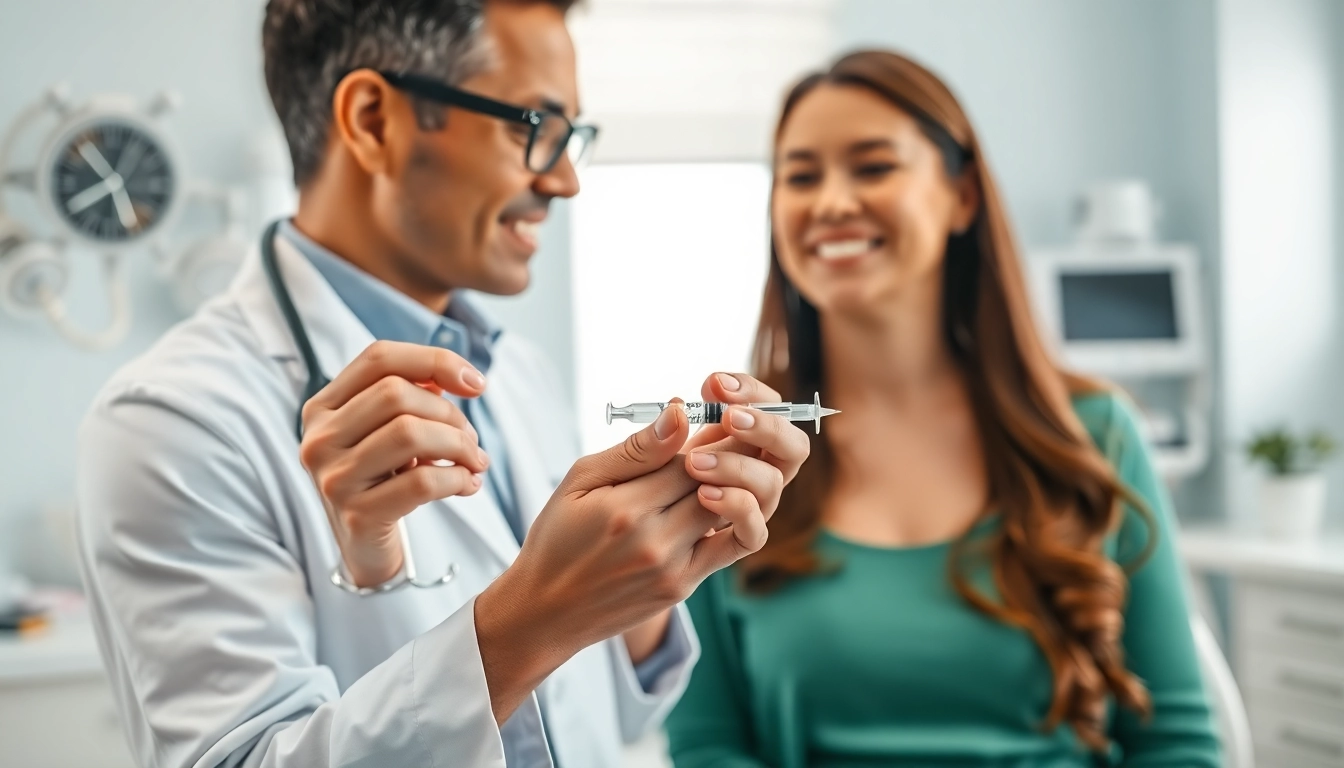What Are Vaginal Warts?
Definition and Overview of Vaginal Warts
Vaginal warts, medically known as condyloma acuminatum, are a common manifestation of the human papillomavirus (HPV). They are small, flesh-colored or gray growths that can appear on the vaginal walls, labia, and cervix. While they may vary in size and shape, they are often described as resembling small cauliflowers or flat bumps. Vaginal warts are a type of genital warts and are considered a sexually transmitted infection (STI), indicating that they are primarily spread through sexual contact. According to the CDC, approximately 79 million Americans are currently infected with HPV, making it one of the most common STIs worldwide, with many people unaware they have it. For more on this condition, refer to Vaginal warts.
How Vaginal Warts Develop
The development of vaginal warts is closely tied to the presence of specific strains of HPV, particularly types 6 and 11, which are responsible for most cases of genital warts. After exposure to the virus through sexual contact, warts can develop anywhere from a few weeks to several months later. The virus infects the epithelial cells of the genital area, leading to abnormal cell proliferation and the characteristic appearance of warts. Notably, some individuals can harbor the virus without displaying any symptoms, allowing them to unknowingly transmit it to sexual partners.
Common Misconceptions About Vaginal Warts
There are several misconceptions about vaginal warts that can hinder understanding and proper management of the condition. One common myth is that vaginal warts only appear due to promiscuity, when in fact, anyone who is sexually active can contract HPV regardless of the number of sexual partners. Additionally, many people believe that warts can be contracted through casual contact or sharing personal items, but HPV is primarily transmitted through intimate skin-to-skin contact. Education about these myths is crucial for reducing stigma and encouraging individuals to seek evaluation and treatment.
Symptoms of Vaginal Warts
Identifying Symptoms of Vaginal Warts
Vaginal warts may be asymptomatic or present with noticeable symptoms. Common signs include the appearance of small, raised bumps on or around the vaginal opening, labia, and in some cases, inside the vagina. These warts may be flat or protruding, smooth or rough, and they can vary significantly in size. In some instances, they may itch, burn, or cause discomfort, particularly during sexual intercourse. However, many individuals do not experience any discomfort, allowing the warts to go unnoticed.
Variability Among Individuals
The manifestation of vaginal warts can vary significantly among individuals. Factors such as a person’s immune response, the specific HPV strain involved, and any underlying health conditions can influence the presentation and severity of symptoms. Some individuals may develop a few small warts, while others may experience a more extensive outbreak. Furthermore, those with compromised immune systems – such as individuals living with HIV – may experience more extensive and severe symptoms.
When to Seek Medical Attention
If a person suspects they have vaginal warts or has been diagnosed with HPV, seeking medical evaluation is advisable. Individuals should particularly consult a healthcare provider if they notice new growths, changes in existing warts, or if they experience discomfort during sexual activity. Prompt medical attention can facilitate timely diagnosis, appropriate treatment, and help prevent further transmission of the virus. Regular check-ups and screenings can lead to early detection and management of any HPV-related complications.
Diagnosis of Vaginal Warts
Methods Used for Diagnosis
Diagnosing vaginal warts typically involves a physical examination by a qualified healthcare professional. The clinician will visually inspect the genital area for the presence of warts. In some cases, additional diagnostic tests, such as a Pap smear, might be performed to check for abnormal cell changes that could indicate the presence of HPV. Colposcopy, a procedure that allows for a magnified view of the cervix, may also be used to identify lesions. While HPV testing is generally not standard for warts themselves, it can be useful in assessing the risk of cervical cancer in women.
Importance of Medical Evaluation
Medical evaluation is vital for several reasons. First, it helps confirm the diagnosis of vaginal warts and excludes other conditions that may present similarly, such as moluscum contagiosum or herpes. Second, healthcare providers can assess the individual’s risk for HPV-related complications, including cervical cancer. Ultimately, a thorough evaluation enables tailored management plans, empowering individuals to make informed decisions about their health.
Distinguishing Vaginal Warts from Other Conditions
Given that several conditions can mimic the appearance of vaginal warts, accurate diagnosis is critical. Other potential issues include vaginal skin tags, cysts, or lesions caused by other STIs. Healthcare professionals are trained to differentiate between these conditions based on appearance, location, and patient history. If there is any uncertainty, additional testing may be recommended to rule out other sexually transmitted infections or benign growths.
Treatment Options for Vaginal Warts
Over-the-Counter Treatments
Although several over-the-counter treatments are available, their efficacy in treating vaginal warts can be limited. Products containing ingredients like salicylic acid or podophyllotoxin can help remove external warts, but they are generally not recommended for use inside the vagina due to potential irritation. Patients are encouraged to discuss any over-the-counter options with their healthcare provider to determine the best course of action.
Prescription Medications
For more significant or persistent cases of vaginal warts, healthcare providers may prescribe topical medications like imiquimod or sinecatechins. Imiquimod works by stimulating the immune system to combat HPV, helping to reduce wart size or eliminate them altogether. On the other hand, sinecatechins are a green tea extract that may aid in healing warts. Patients should closely follow their provider’s guidance regarding application frequency and duration.
Procedural Treatments and Their Effectiveness
In cases where warts are extensive or do not respond to topical treatments, procedural interventions may be more effective. Common options include cryotherapy (freezing the warts), electrosurgery (burning the warts), and laser therapy. Each method’s effectiveness can vary based on the individual’s unique circumstances and the extent of the warts. Healthcare providers will assist patients in understanding the available procedural options and their respective benefits and risks.
Prevention of Vaginal Warts
Safe Practices to Avoid Vaginal Warts
Preventative measures are crucial in minimizing the risk of acquiring vaginal warts. Practicing safer sex by using condoms can reduce, though not eliminate, the risk of HPV transmission. Limiting the number of sexual partners and ensuring that sexual partners are getting regular health check-ups can also help mitigate the risk of exposure to HPV.
Role of Vaccination
The development of the HPV vaccine has revolutionized the prevention of HPV-related diseases, including vaginal warts. The vaccine is highly effective in preventing infections from the strains of HPV that are most commonly associated with genital warts and cervical cancer. It is recommended for preteens, but it can also be administered to young adults. Regular vaccinations can significantly reduce the prevalence of genital warts and associated complications in the population.
Tips for Maintaining Vulvar Health
Maintaining vulvar health is essential for overall sexual health. Regular gynecological check-ups are essential for early detection of any potential issues, including HPV. Additionally, adopting good hygiene practices, wearing breathable cotton underwear, and avoiding irritants (such as scented soaps or douches) can contribute to vulvar health. Individuals should also prioritize communicating openly with their healthcare providers about any concerns or unusual symptoms that may arise.


